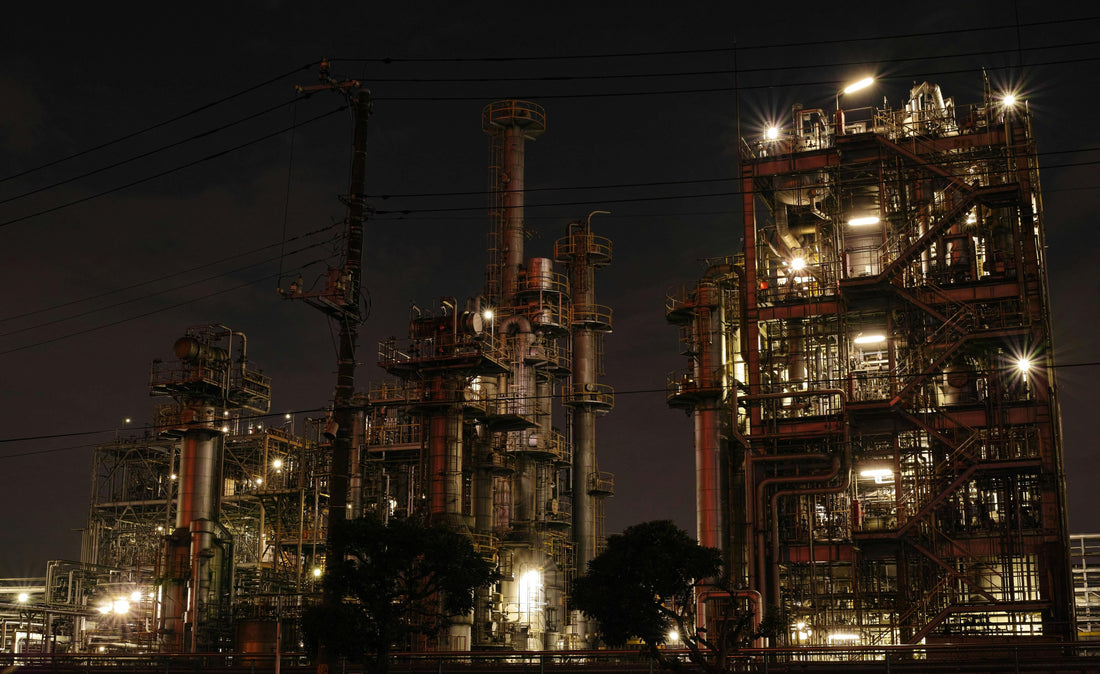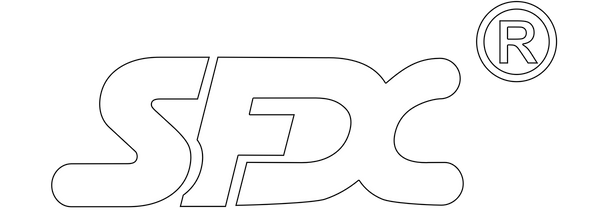
Q&A Series: Top 8 Common Questions About Laser Cleaning Machines
Share
1. How does laser cleaning work?
Laser cleaning uses highly focused laser light—typically pulsed—to evaporate or ablate unwanted layers such as rust, paint, or oil from a surface. This non-contact, non-abrasive method precisely removes contamination by vaporizing it, leaving the underlying material intact.
2. What are the benefits compared to traditional cleaning?
Gentle on substrates: Leaves metal, stone, or composites undamaged.
Eco-friendly & low waste: Requires no chemicals; pollutants are instantly vaporized, collected, and easily disposed .
Fast & cost efficient: Up to 20× quicker than abrasive methods, with low operating costs
Ease of use: User-friendly touch interfaces with adjustable parameters minimize training .
3. Do I need consumables?
No. Unlike sandblasting or chemical cleaning, laser cleaning uses only electricity with no need for abrasives, solvents, or media
4. Does it damage the material or heat it up?
When properly configured, lasers remove contaminants without harming the base material thanks to short pulses that prevent deep heating
5. Which power level should I choose (low, mid, or high)?
Low-power: Ideal for light cleaning like wax removal or surface prep
High-power: Best for heavy coatings, thick rust, or large-scale industrial jobs—but requires robust infrastructure like 380 V power and cooling
6. How fast is the cleaning speed?
Cleaning speed varies by power and material. For example, a 500 W laser can clean wax from aluminum at ~12 m²/hour, while a 100 W laser may strip epoxy paint at ~2 m²/hour
7. Is laser cleaning safe?
No-touch, non-toxic—but lasers (typically Class 3B or 4) can cause serious eye or skin damage. Certified PPE (laser goggles, gloves), proper interlocks, and training are mandatory
8. What maintenance is required?
Minimal upkeep is needed—clean protective lenses and filters periodically. Annual professional inspection ensures longevity. Fiber lasers can run 24/7 with little downtime
